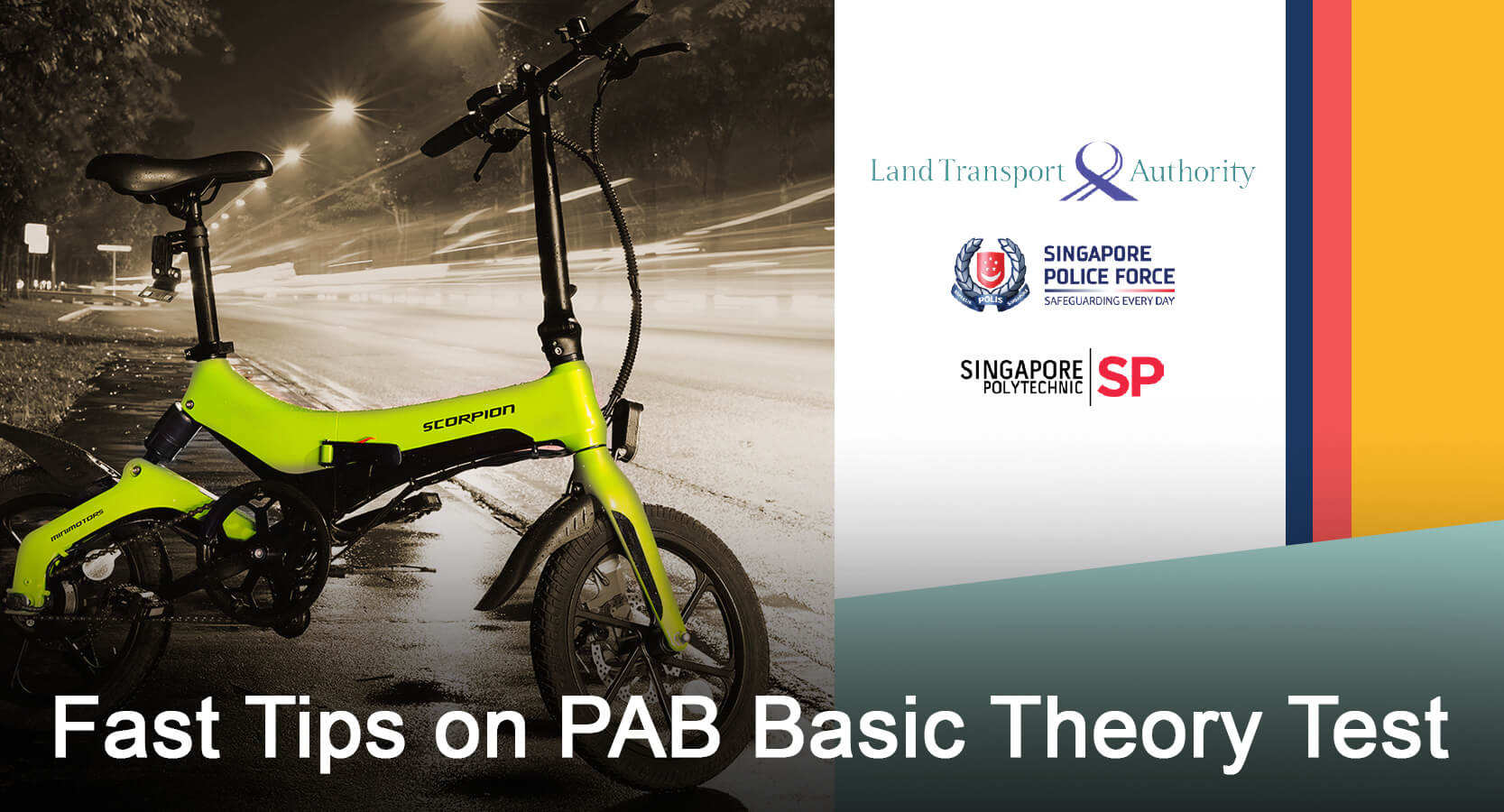In Singapore, there are 3 Types of Paths applies:
a) Cycling Paths, labeled ‘Cyclist’ or ‘PCN’ path marking, speed limit of 25km/h
b) Foot paths do not have any ‘Cyclist’ or ‘PCN’ path marking. Speed limit is 10km/h
c) Roads paths, no applies expressway and road tunnels
For a better image for understanding which correct path for cycling, visit here.


